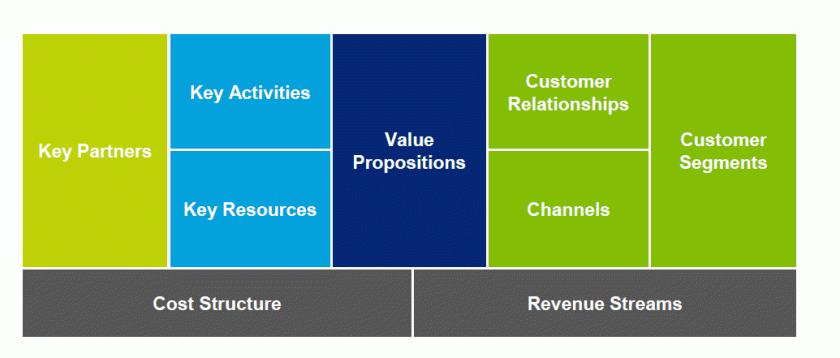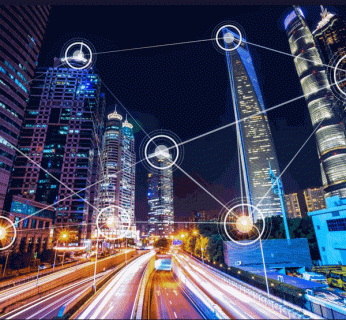
Today, the International Energy Agency (IEA) released a timely report on Cities and how critically important they are to achieve a net-zero world.
The report “Empowering Cities for a Net Zero Future” covers all aspects of the issues and challenges that Cities are facing on climate action.
The IEA states that “Cities are key to a net-zero emissions future where affordable and sustainable energy is accessible to all. The global population living in cities is expected to surge from 50% in 2021 to 70% in 2050. Cities today account for 70% of global CO2 emissions and 75% of global energy use. But with size comes opportunity.”
The report covers a wide range of opportunities, challenges and policy solutions that can help city-level governments capture the significant value of efficient and smart digital energy systems, no matter their unique context by illustration, through more than 100 examples and case studies,
The report also provides actionable guidance on ways national governments can help cities overcome barriers to progress and accelerate clean energy transitions using digitalisation.
Let me summarize some of the main findings here:

 Smart infrastructure connects many parts of the city both physically and digitally. Services that capture the relevant information enable the deployment and introduction of the appropriate assets as the solutions.
Smart infrastructure connects many parts of the city both physically and digitally. Services that capture the relevant information enable the deployment and introduction of the appropriate assets as the solutions.


 When you stop and think, you realize that infrastructure, at its core, is undoubtedly about connectivity.
When you stop and think, you realize that infrastructure, at its core, is undoubtedly about connectivity. There are many barriers or concerns about implementing Smart Infrastructure that we need to address; otherwise, it will be held back if we do not adequately resolve these.
There are many barriers or concerns about implementing Smart Infrastructure that we need to address; otherwise, it will be held back if we do not adequately resolve these.
 Today 55% of the world’s population resides in urban areas; in2050, that will be staggering at 68% of the world population will be living in cities.
Today 55% of the world’s population resides in urban areas; in2050, that will be staggering at 68% of the world population will be living in cities.